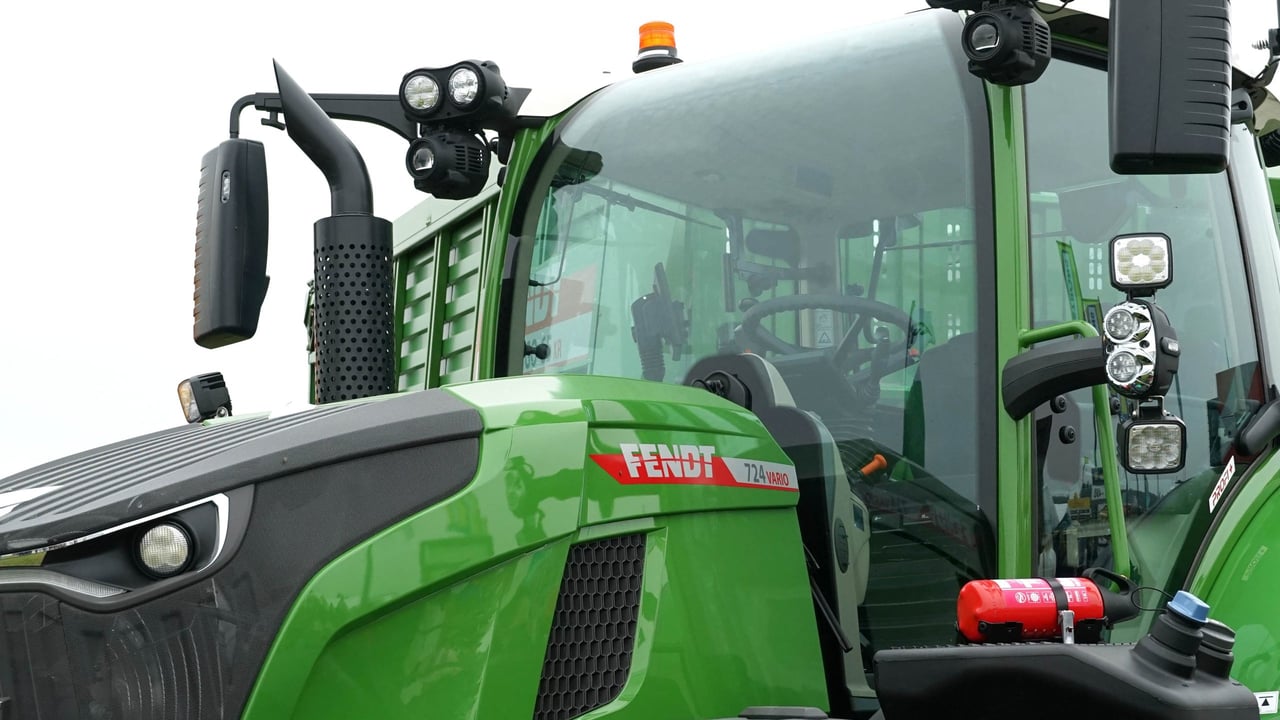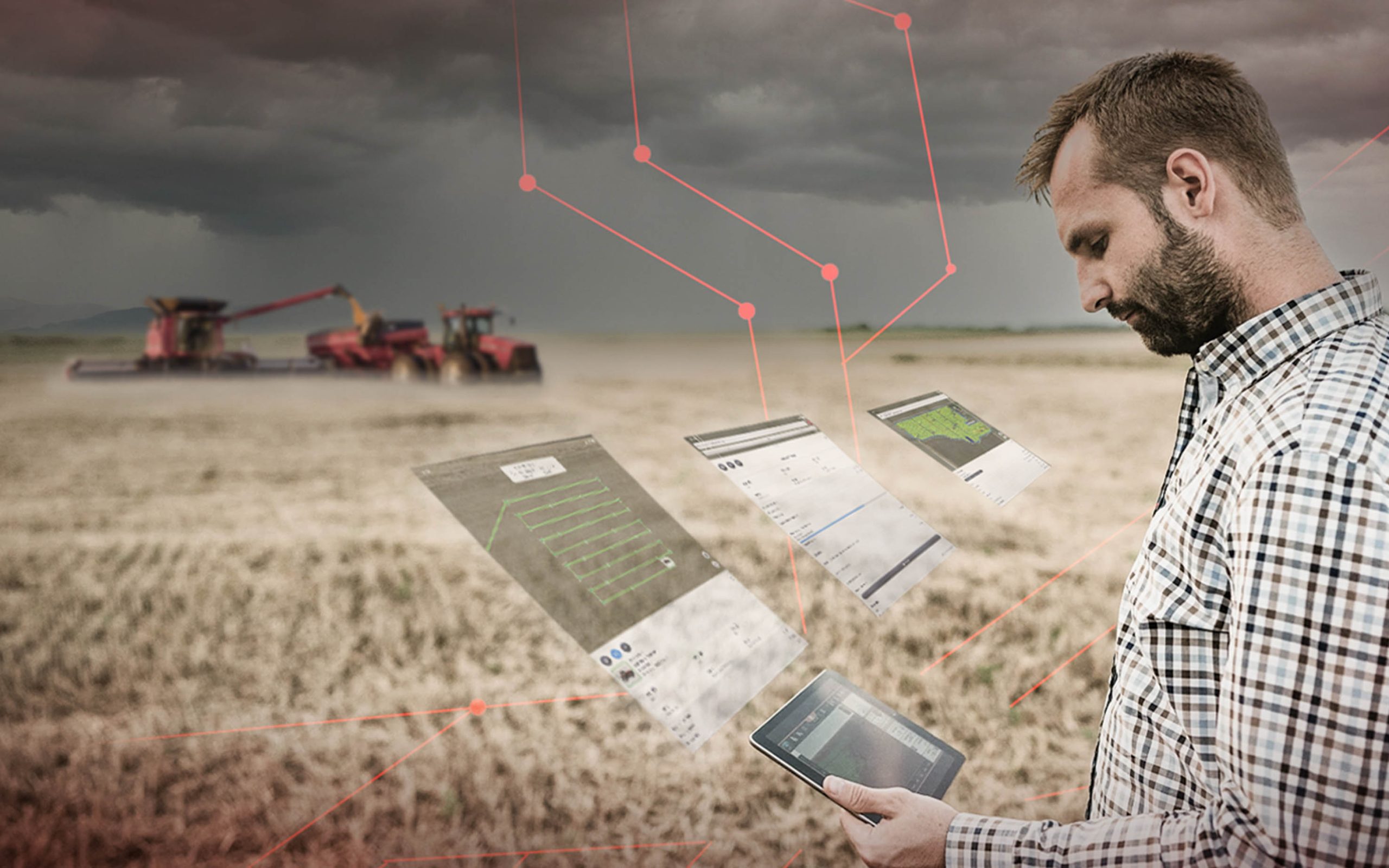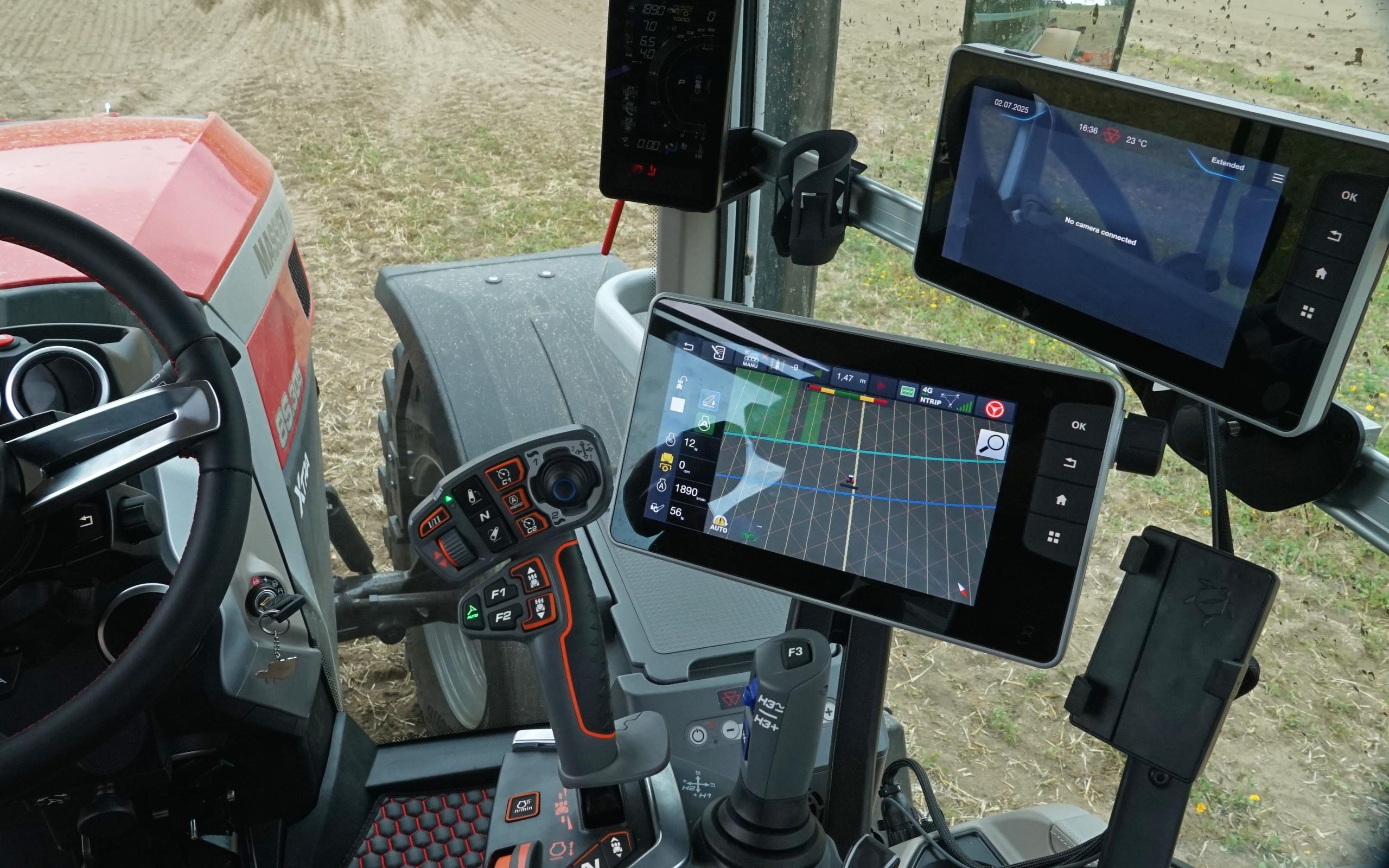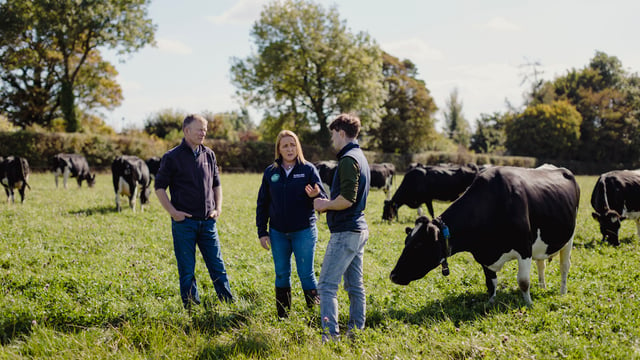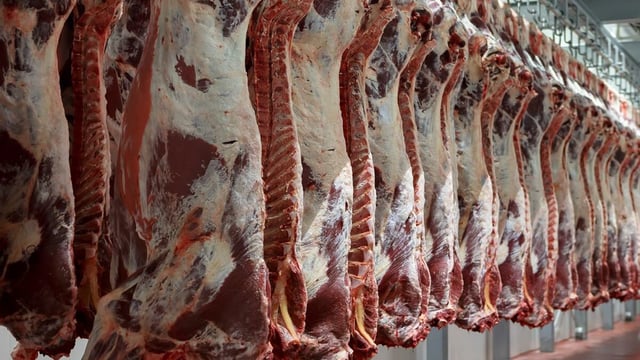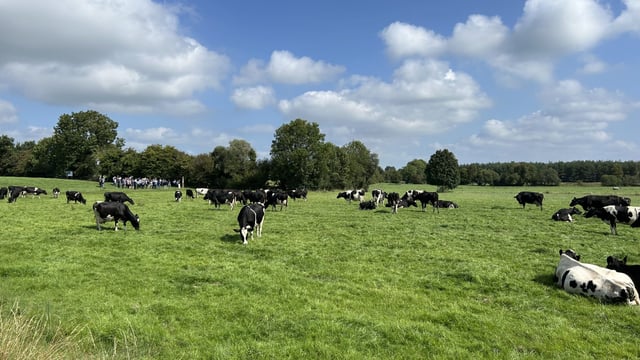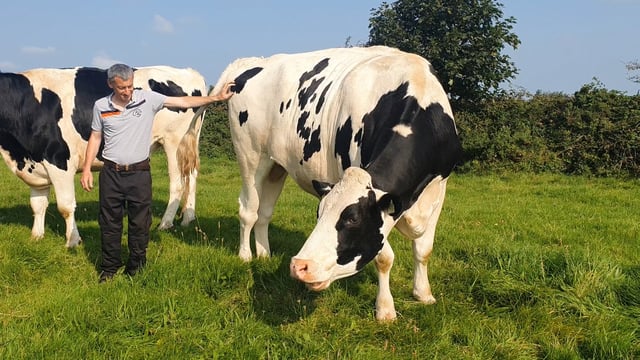Opinion: How sustainable or secure is digital farming?
All the leading tractor manufacturers and various international farming bodies, such as CEMA and the DLG, are urging upon us the adoption of digital farming.
By that it is meant that the generation and manipulation of data is what will drive farming decisions and operations, it may also be referred to as connected or knowledge-based farming.
Farming is also being instructed that its operations must be more sustainable, although quite how that is defined will often depend on what is being sold or the particular interests of whoever is doing the instructing.
Contradictory aims
It is often the case that the same organisations are recommending that farmers do both without pausing to ask as to whether they are actually compatible.
This is a question that is becoming ever more pertinent as the cost of running computers and databanks comes under scrutiny.
It is not just the storage of farm records on remote servers that are of concern, tractor electronics also eat electricity and transmission via telemetric systems, including to a mobile phone, which is also an enthusiastic consumer of energy.
While it may seem that not much electricity is used at an individual level, the figures soon mount up.
In July 2024, the Central Statistics Office (CSO) noted that the percentage of total metered electricity consumption used by data centres rose from 5% in 2015 to 21% in 2023.
Rural households, on the other hand, consumed just 10% of Ireland's electricity in 2023.
The increase in data centres' usage is startling and poses a real danger to the national electricity grid and its ability to keep the lights on, and yet the plan is to increase the load on it through ever more digital farming.
Agriculture 4.0
CEMA keenly supports what is termed Agriculture 4.0, the movement that considers digital farming to be the next great shift in agricultural technique.
Yet Agriculture 4.0 is highly dependent on data accumulation and sharing which, given its demand for power, would seem at odds with the stated belief that it will lead to a greener and more sustainable future.
Quite how much electricity farming-generated data will require to support it is unknown, and will likely pale into insignificance when compared to other commercial demands.
However, it is still a further drain on power from an industry that has to be ever mindful of its green credentials. Farmers are only too easy to kick about, as we know.
Tractor consumption
What is a little easier to estimate is the energy consumed by tractors through the use of onboard electronics and a good starting point is some work undertaken by the Massachusetts Institute of Technology (MIT).
The institute estimated that the power required to drive the electronics on a fully autonomous car stands at around 850W.
By comparison, a toaster requires around 800W, and that generates a lot of heat.
The modern tractor may not be fully autonomous, but with two or three screens, ISOBUS, satellite navigation, headland management, telemetry and so on, it must surely be up there at the same sort of figure.
Cause for thought
It is something that few think about, and it is never mentioned in the sales material, but running a modern tractor is equivalent to switching on a toaster for the duration in terms of energy consumption by its electronic systems and components.
Energy generation and consumption is moving centre-field in the political arena as it becomes clear that renewables are not the panacea as once sold to us and the world's demand for power is growing quicker than anticipated.
Building an agricultural system that is highly dependent on a consistent power supply, as the world runs short of grid capacity, may not be the best way forward in terms of either sustainability or food security.

